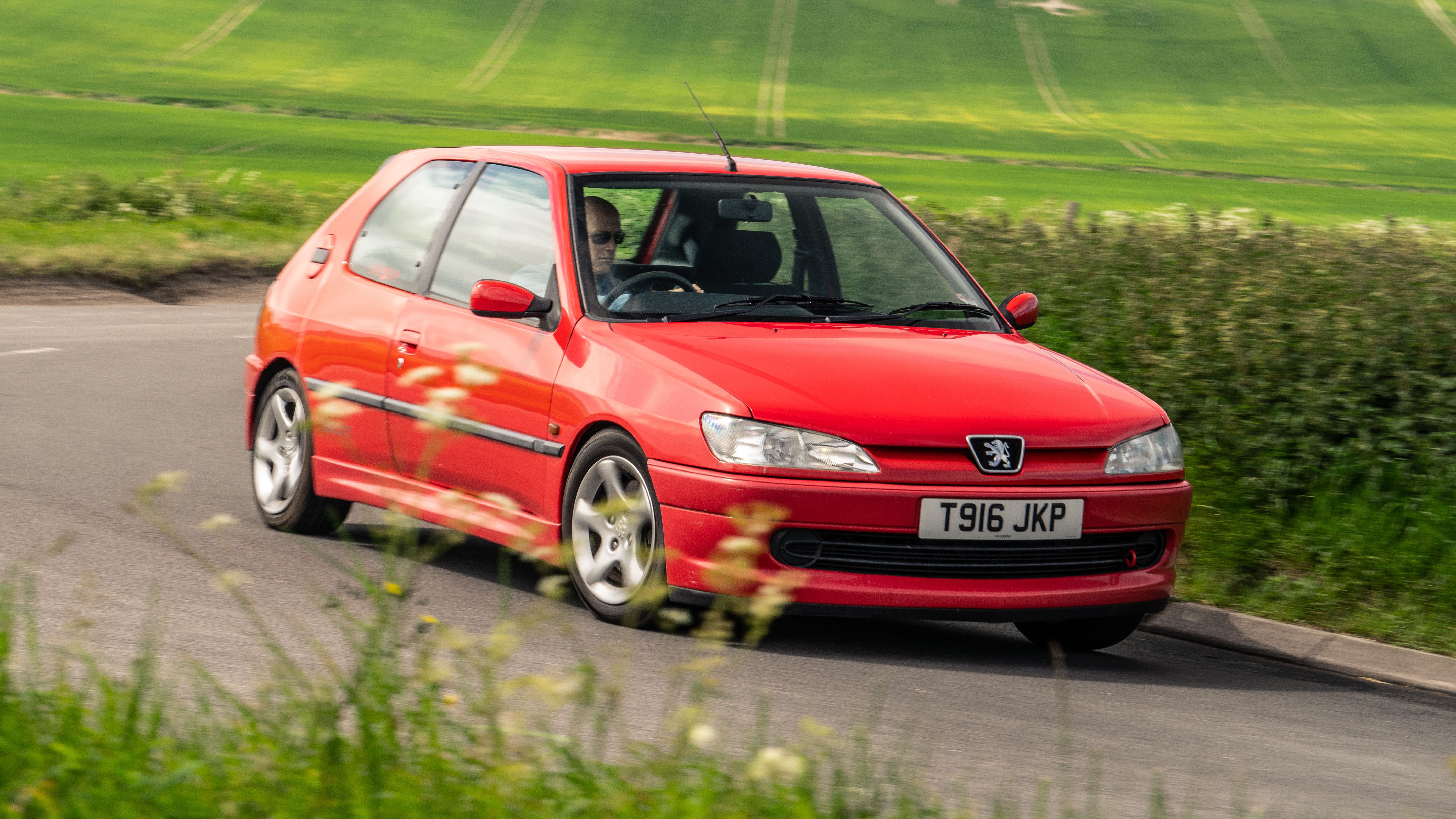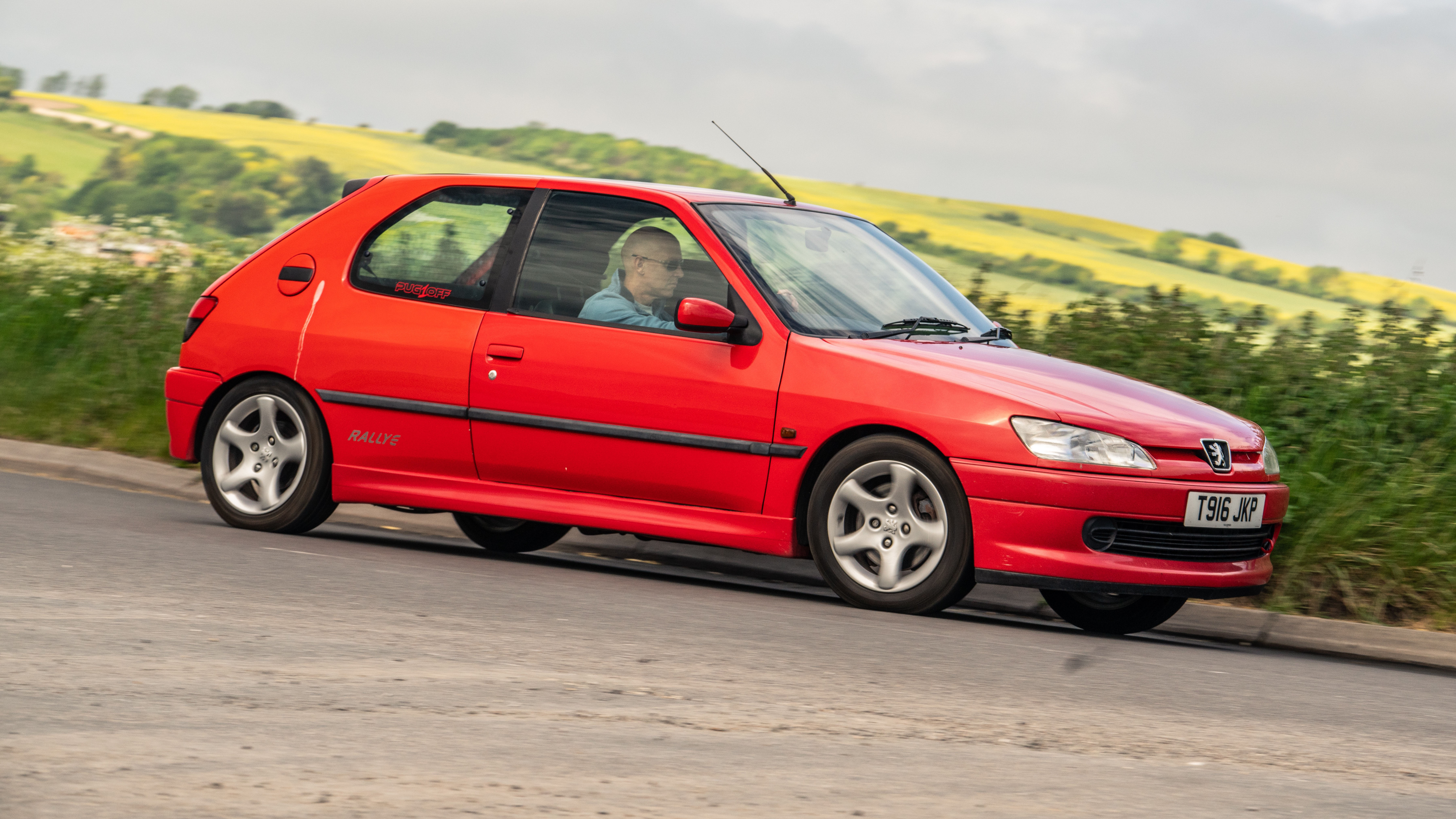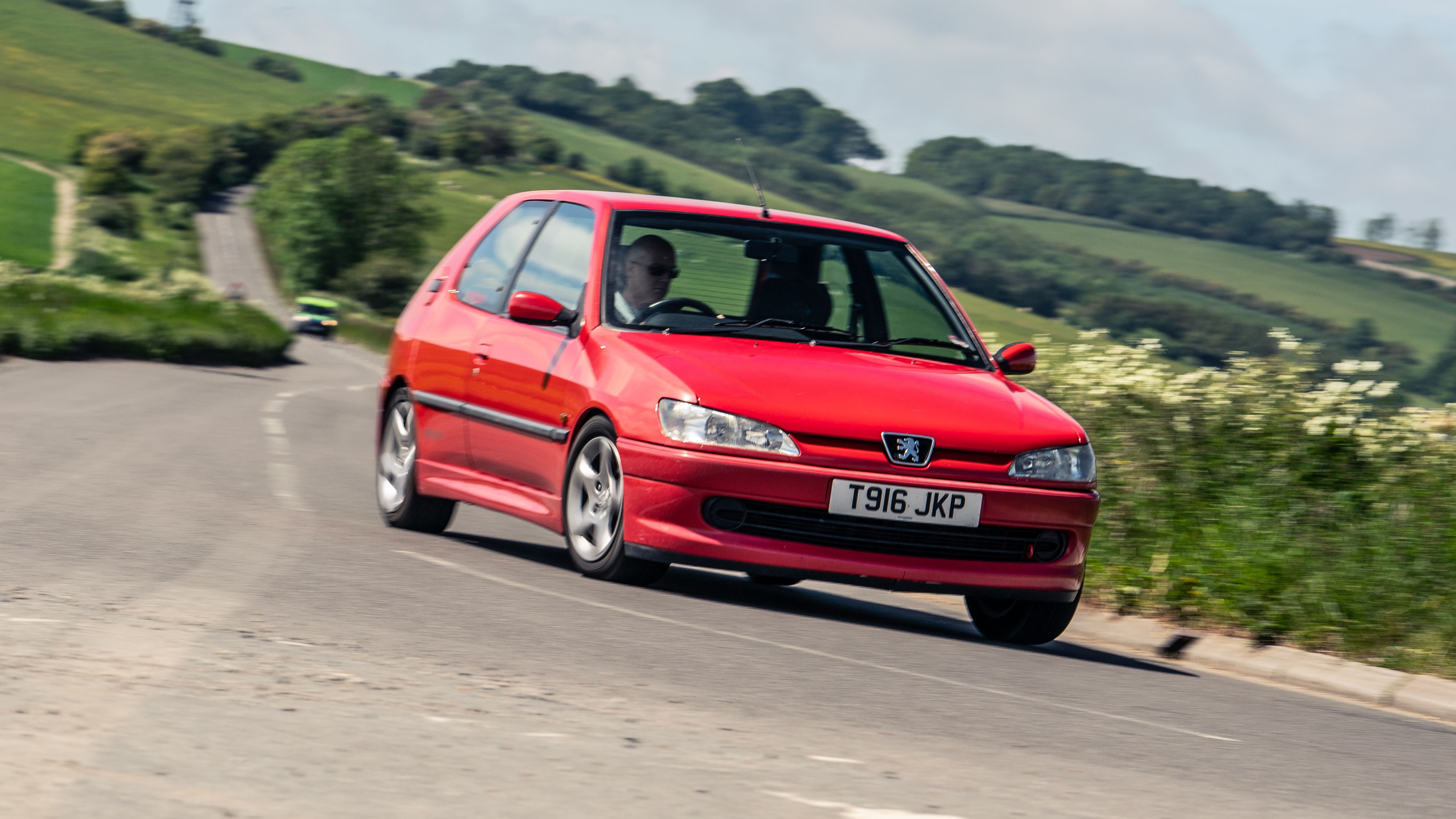
SPEC HIGHLIGHTS
- SPEC
Peugeot 306 Rallye
Now that it works, how does the 306 feel to drive?
For the first time in five years my 306 Rallye is road legal. I won’t lie: the process of getting it this far has taken me longer than expected. It was back in April 2019 that I freed it from lock-up incarceration, and as I write this it’s late June. Over two months to get an MOT basically. But this is the way of side projects, they stutter and surge (hopefully something that’s not true of the car itself) while you sort trailers, suppliers, collection and delivery, parts, slotting all this around daily life.
But forget that because I can now remind myself of what I’ve been missing for the past five years. Or expressed another way, rediscover why I parked the 306 up all that time ago and couldn’t be arsed to take it out again. Was it, whisper it, not that great? With the benefit of hindsight I reckon I can shed some light on that now: I didn’t spend enough money on it at the time. I put up with the buckled wheels and rippled body panels, and because I never gave it the care and attention it deserved, it never earned a place in my heart. And old jalopies need love. Or maybe it’s just investment and the ensuing guilt that makes you use ‘em.
So is it a colossal disappointment? Thankfully, no. What’s it like compared to something modern? Soft and slow. Let me tell you why that’s no bad thing – and it’s only partly that modern cars are simply too fast to be genuinely enjoyable. The 306 Rallye was developed at a time before firms had to start compromising the mechanicals and dynamics to appease either their marketing department or legislation. So it rides on cute little 15-inch rims, has superbly spaced sprint gear ratios rather than these crazy long intermediates that will run past 100mph in third. Don’t get me wrong, I think what car firms have done to clean up their cars is amazing and I take no pleasure in telling you this 167bhp hot hatch puts out more CO2 (224g/km) than a current 572bhp Porsche 911 Turbo S. But when I drive it, it doesn’t feel profligate or wasteful or damaging.
It feels light and languid. It rolls through corners, takes time to settle after humps, floats a bit over crests, but it’s all done with such dexterity, such feel through the steering and chassis that it’s like a breath of fresh air after anything made in the last five years. You don’t go as fast, not least because it’s old and despite what Matt Jobling at Pug1Off said about it being sound, the underside still looks bloody rusty to me.
Not a car to attack a road with, but one you build a rapport with. It flows along beautifully. Yeah, there’s some kickback through the steering and a good bit of wheel wobble as I home in on 70mph (that’s the buckled rim. It’s next on the list of things to get sorted). Peugeots were always renowned for their handling, but I reckon the 306’s engine is the equal of its chassis. I make sure the water and oil needles have started to swing upwards before clogging it, I like that anticipation. And I love the induction noise. For a four cylinder, it’s gorgeous. Go and listen to some old BDA Escorts howling through a forest. It’s that noise. Quieter, less angry, but wonderful nonetheless. And the way it responds, the mid-range torque, the fact you look down at the rev counter when you think it’s reached its crescendo and realise you’ve still got another 2,000rpm to go – and that you can legally use them. It’s a richer driving experience than anything modern.
If less comfortable. I always remember thinking Renaults had even worse driving positions than Peugeots, but this, with steering wheel low and knees splayed to either side, isn’t great. I’m using the windy windows a lot to keep cool, but have so far failed to raise any tunes from the JVC stereo. I fear that might be terminal.
Featured

Trending this week
- Car Review
BMW iX3






